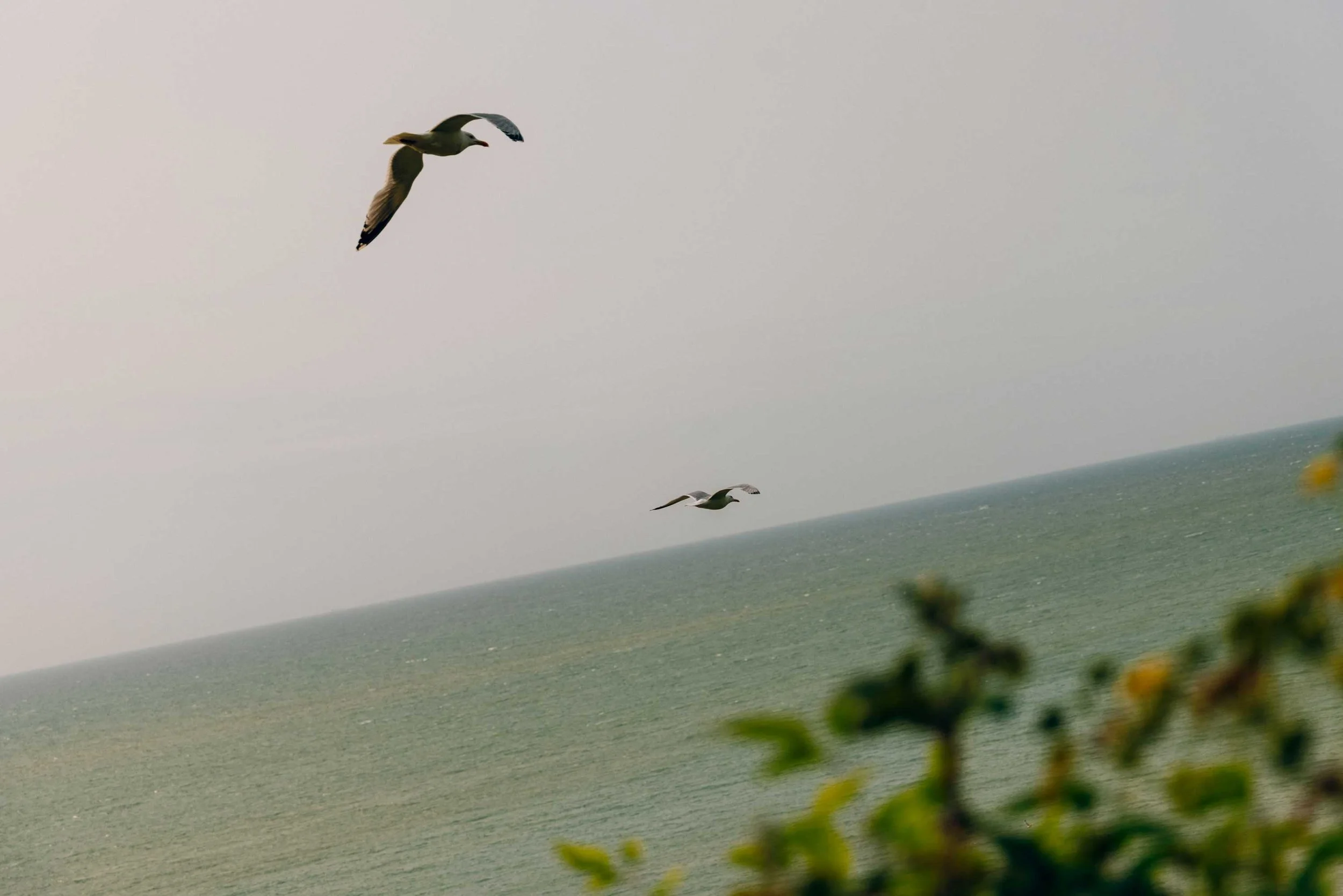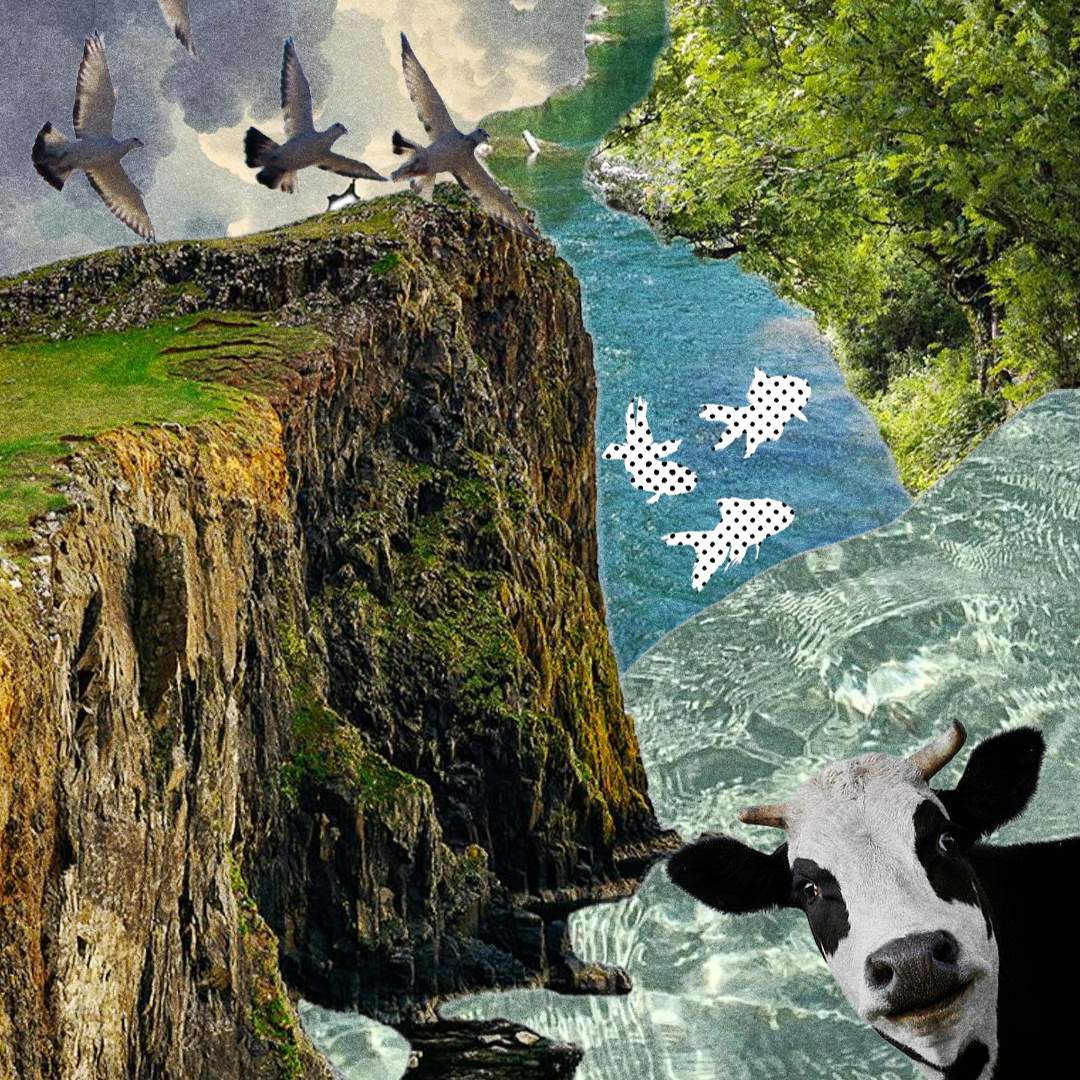Seals in the UK and Where to See Them
04/11/2025
What’s cuter than a grey fluffball, horizontal on the beach, smiling away in the sun? (We’ll wait.) Seals in the UK are one of our favourite sights, and here’s how you can enjoy them too.
“That Seal is not going to stop me!”
The words of musician Moonchild Sanelly in her episode of our music series ReRooted, where she tiptoes around rock pools on the Eastbourne coast in search of samples for a new song. Sadly, the Seals didn’t end up in the finished product – which you can watch below – but it did get us thinking: how can we encourage people to get out there and enjoy the sights for themselves?
Onto the Seals, then. In the UK, we have two species: the Grey Seal and the Common Seal, AKA. Harbour Seal. Here’s a quick rundown on both and where you can see Seals in the UK.
Grey Seal
The larger of the two UK Seal species – catch a good look and you’ll see how they got their other name… the hook-nosed sea pig! (We’re obsessed.) These chonkers are larger and have longer heads than the Common Seal, but they can still reach swim speeds of up to 35 km/h, which comes in handy for speeding around in the sea and catching fish. Which they love. 40% of the world’s Grey Seal population is in the UK, and their only predator in British seas is the Orca. (Yes, Orcas really do come to British seas. If you’re lucky enough, you might just spot one.)
Most importantly, they give birth to fluffy pups in Autumn, so that’s your best time to hit the beaches and catch a glimpse. These adorable pups stay on land until they have lost their white coats and tripled their body weight.
Where to see them: Coasts of north Norfolk, north-east England and northern Scotland.
Common Seals, AKA. Harbour Seal
If they’re not at sea feeding on fish, squid, crabs and mussels, Common Seals love to kick back in a curved banana position, with their head and tail both in the air at the same time, on sandbanks and beaches of sheltered shores and estuaries. Apparently, they love a banana position to keep their head and flippers dry and warm.
Unlike our grey mates, they vary in colour, from blonde to black, but generally grey with dark spots. And most impressively, their whiskers are so sensitive that they can sense a fish over 35m away – their superwhiskers can also determine the size and shape of a fish using vibrations from the water.
These chillers give birth in the summer, and pups can swim within a few hours, so that’s your best chance to see them out and about.
Where to see them: They can be found across the UK, but a few great spots are Blakeney Point, Norfolk, Farne Islands, Northumberland, Orkney Islands, Scotland and Skomer Island, Pembrokeshire.
A last word on seals in the UK
They’re a beautiful sight, but if you meet a Seal on the beach, give it plenty of space and keep dogs away, especially if it’s a mother with pups. Just like us when we’re sleeping, they’re easily spooked. If you suspect a pup has been abandoned or a Seal is injured and in need of attention, keep your distance and call for help.
Entanglement in marine litter and ghost fishing gear is a serious threat to Seals, so if you fancy going a step further to help these adorable blobs out, why not participate in a beach clean or simply pick up and dispose of any rope, strapping, or net next time you're at the beach?
More of the latest from the Edge zine… ↴
Share article:
Read more: Music | Explainers










